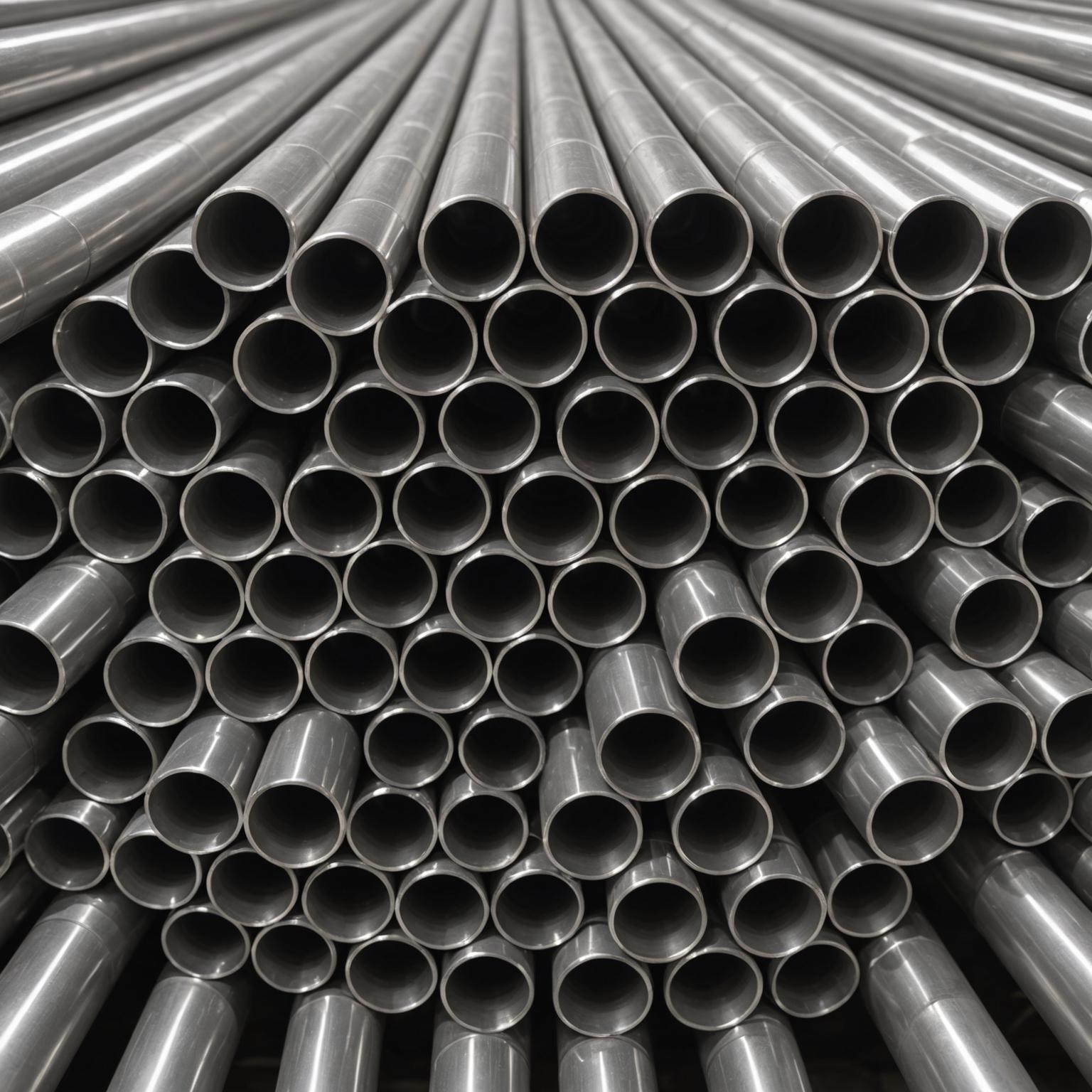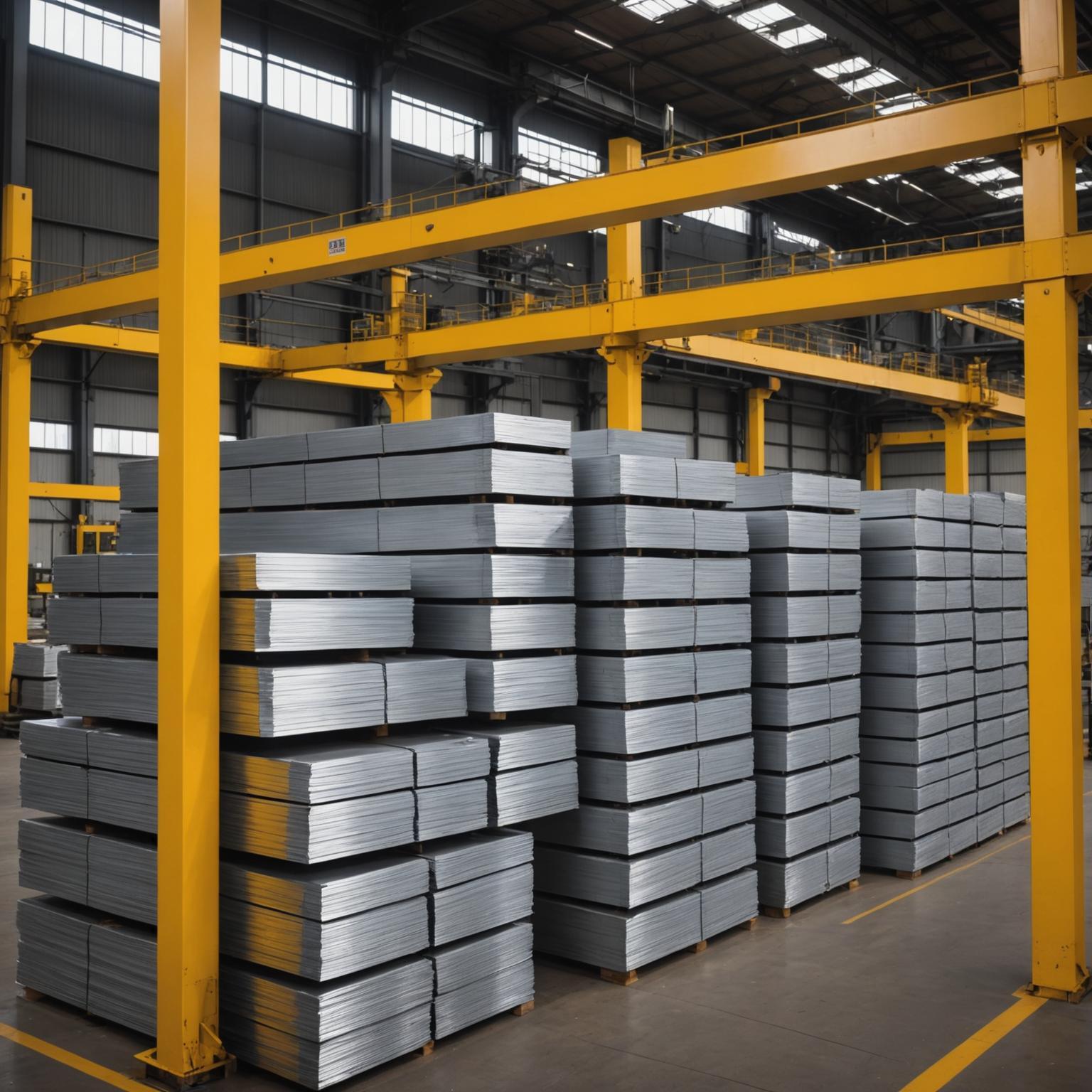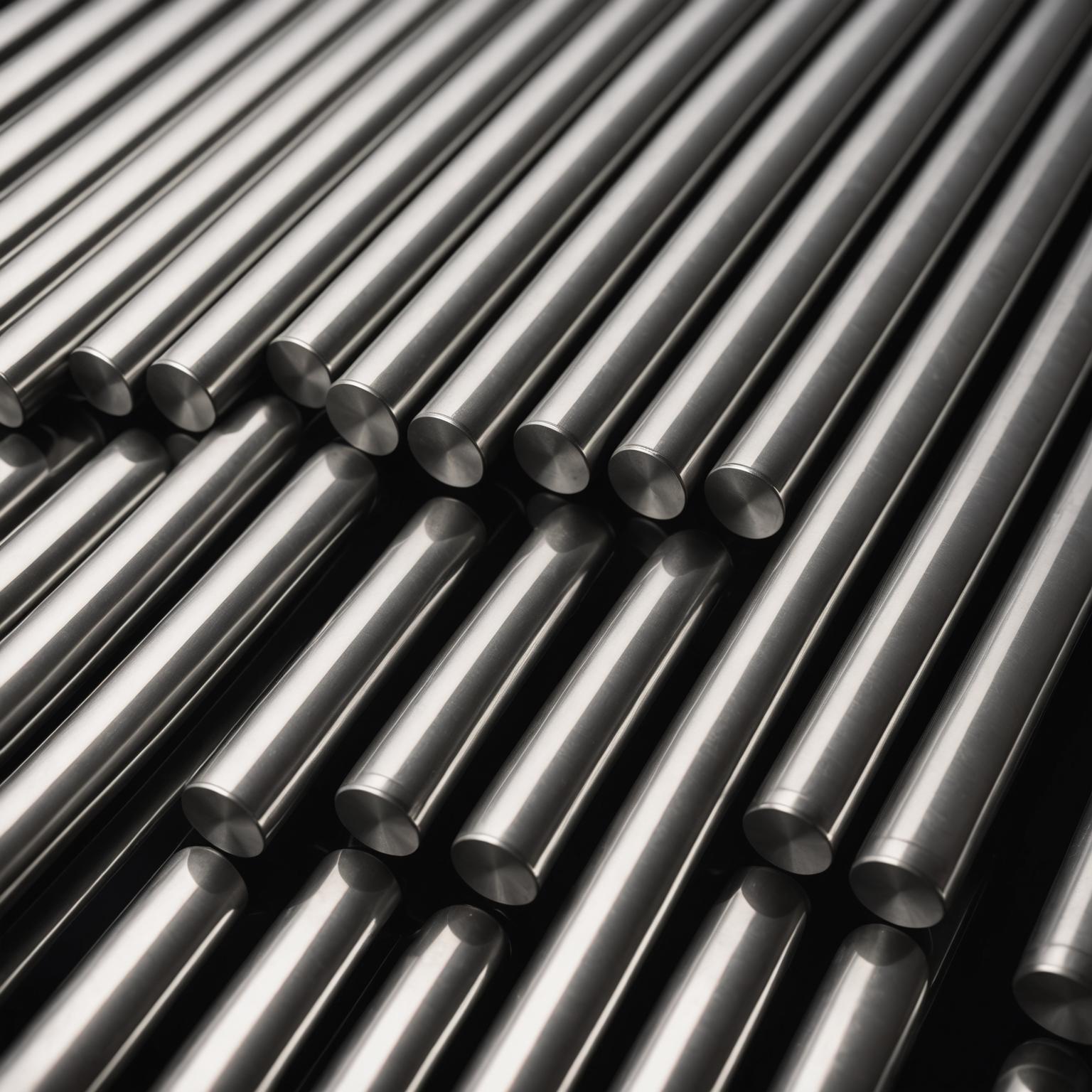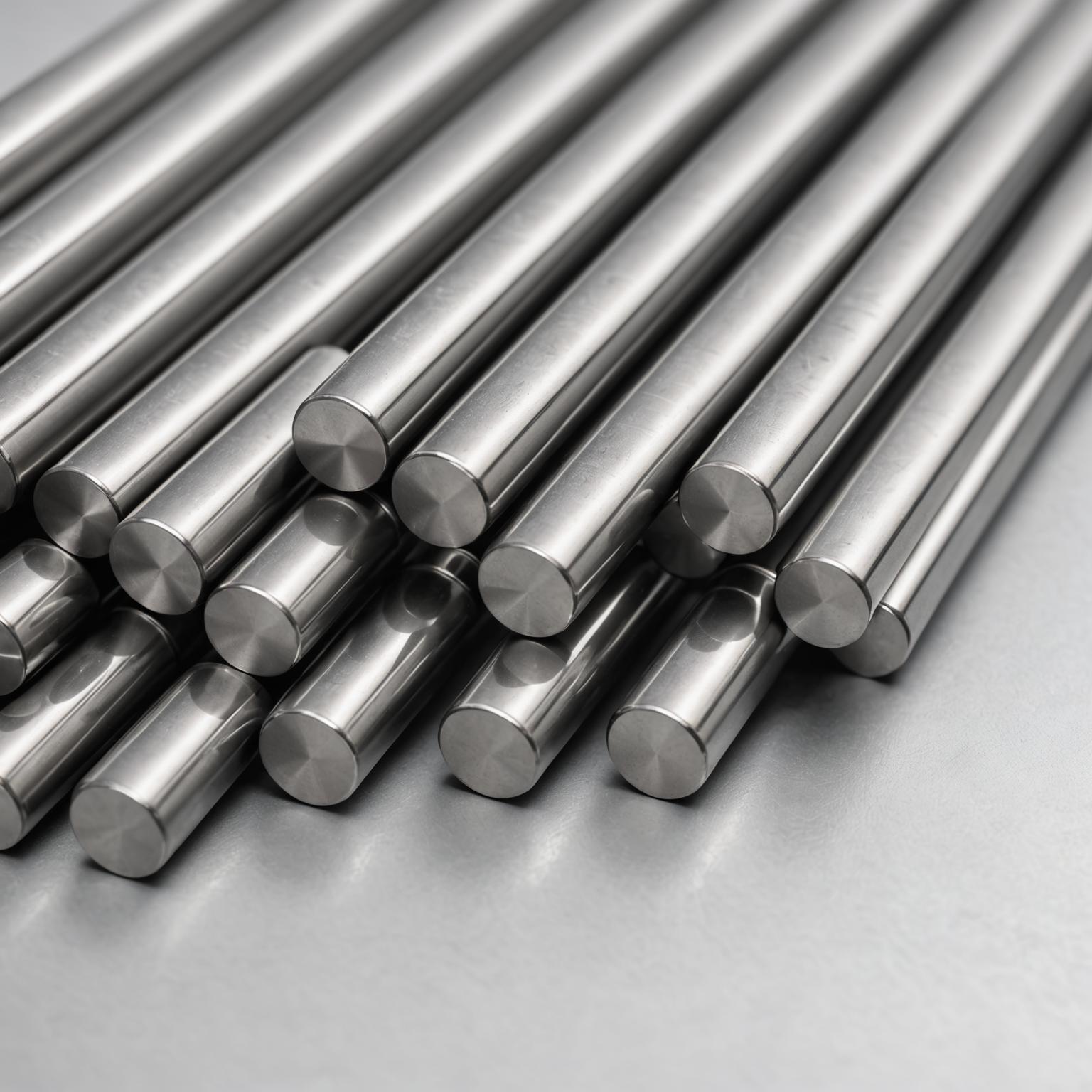Understand the key differences: imported and domestic stainless steel pipes
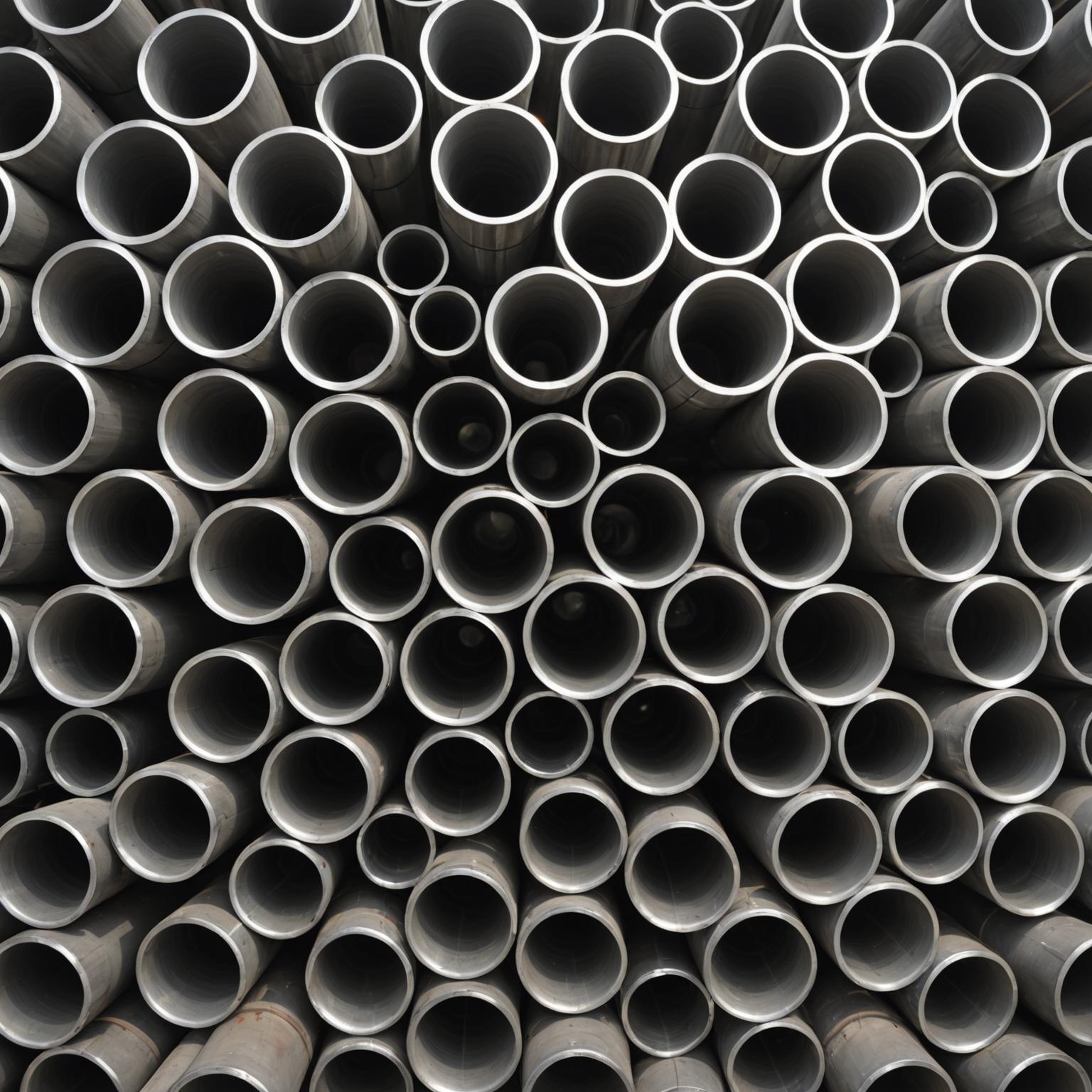
When it comes to stainless steel pipes, choosing between import and domestic options is a crucial decision that can significantly affect the outcome of your project. The stainless steel pipe industry proposes a wide variety of options, but how do these two categories stack in terms of quality, availability and, most importantly, price/performance comparison?
Imported stainless steel pipes usually attract buyers at their competitive prices. These pipes are made in areas with lower production costs, which allows manufacturers to offer them at reduced prices. However, the other side often involves compromises in quality consistency. Although many imported stainless steel pipes are made from strong materials, precise standards may vary by manufacturer and country of origin. If cost is the main factor driving your decision, you may find import pipelines satisfactory, but ensuring they meet specific industry standards is essential.
On the other hand, domestic stainless steel pipes usually comply with strict national standards to provide reliability and consistency. They last and usually have high durability and corrosion resistance. For industries that require accuracy and performance, such as aerospace, hydraulics and pharmaceuticals, stainless steel pipes are often the preferred choice. However, this reliability often comes with a higher price tag, which raises questions about whether additional investments are aligned with project requirements.
Performance and Function: Achieve the Right Balancing
Home stainless steel pipes usually glow when functionality and performance are of the most important value. Take the precision series of stainless steel pipes as an example. These advanced pipes are designed with ultra-smooth inner surfaces to minimize friction and increase fluid or airflow efficiency. These features make them essential in industries where the highest performance is not negotiable. Their ability to withstand extreme pressures and temperatures makes them ideal for challenging environments, whether it is modern construction, advanced manufacturing or high-performance hydraulic systems.
Emported stainless steel pipes, although versatile, may lack these cutting-edge attributes. It is emphasized that the cost reduction of many overseas manufacturing processes can sometimes result in less internal surfaces, affecting flow efficiency and increased energy consumption. In addition, durability under extreme pressure or ambient conditions may be compared with its domestic counterparts.
It should also be noted that domestic pipelines often offer a wider range of customization possibilities, such as various wall thicknesses and diameters, to meet specific industrial needs. For engineers and designers working on ambitious projects, this flexibility can be a valuable factor in decision-making.
Price and sustainability: Assessing long-term costs and value
Price is usually a decisive factor for many buyers, and in this regard, imported stainless steel pipes are undeniable and have lower upfront costs. But, in the long run, a closer look at larger images reveals a different story. While initial investment may be less, frequent replacements, repairs or inefficiency of performance may lead to higher lifetime costs.
This is a domestic choice, such as Span International series stainless steel pipes as an excellent choice. Their robust construction ensures long-lasting reliability, thus reducing the need for expensive alternatives. Highly polished surfaces and corrosion-resistant materials also mean less maintenance over time, reducing total cost of ownership.
Sustainability is another key difference. Home stainless steel pipes are typically made from environmental practices and their 100% recyclable compositions are consistent with modern environmental solutions. This responsible life cycle benefits from the planet and your reputation as a sustainable organization. While imported pipes may also claim recyclability, ensuring traceability of their origins and performance in compliance with green manufacturing standards can be challenging.
The final decision: What should you choose?
Selecting between imported and domestic stainless steel pipes usually boils down to analytical priority. If your main cost and short-term goals are your main issues and the application requirements are low, import pipelines may be a viable option. Instead, domestic stainless steel pipes offer unparalleled value when your project requires precision, durability and ecological awareness attributes.
The precision series of stainless steel pipe bodies reflects the quality that any discerning buyer is looking for in domestic pipes. These test tubes are designed in excellent form for excellent quality, with their polished surface, durability and impressive functionality in different applications. Whether you are designing next-generation aerospace modules, building high-performance hydraulic systems, or setting up building trends, these pipes seamlessly mix forms and functions.
The contrast between imported and domestic stainless steel pipes is clear, but it is obvious. Although prices may initially prefer imports, domestic pipelines are often proven worthy of gold due to their outstanding performance and environmental commitment. By aligning the priorities of your project with the properties of your pipeline, you can make an informed decision to balance cost, quality, and sustainability for long-term success.



